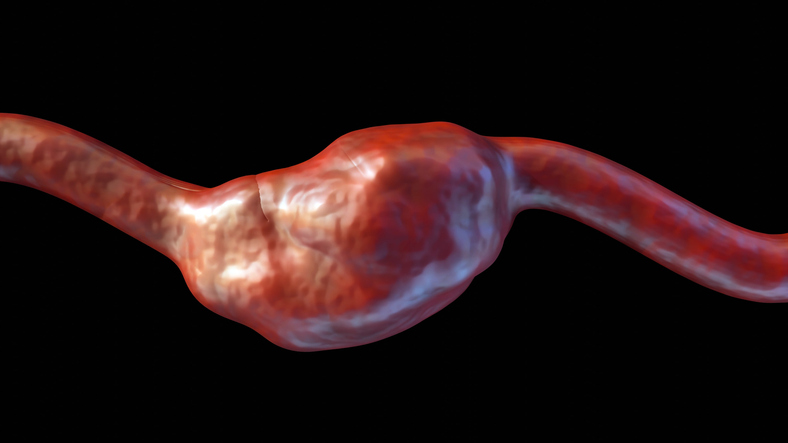
According to a study, published in Age and Ageing, the association between direct oral anticoagulant (DOAC) use and mortality in very old patients with non-valvular atrial fibrillation (NVAF) is uncertain. Researchers, led by Masahiko Takahashi, explored the topic and concluded that patients with NVAF aged ≥80 years who received DOACs had a lower mortality than similar patients who received warfarin.
This was a single-center historical cohort study of consecutive patients with NVAF aged 80 years or older who used oral anticoagulants. The research team compared five-year outcomes of all-cause mortality, thromboembolism, major bleeding, and intracranial hemorrhage between DOAC and warfarin groups.
The final cohort included 461 patients in both the DOAC and warfarin groups (N = 922). Reportedly, the risk of all-cause mortality, thromboembolisms, major bleeding, and intracranial hemorrhages was significantly lower in the DOAC group than in the warfarin group (hazard ratio [95% confidence interval] for DOAC use, 0.68 [0.54-0.87], 0.31 [0.19-0.53], 0.56 [0.36-0.88], and 0.23 [0.10-0.56], respectively; log-rank P=.002, P<.001, P=.010, P<.001,).
Additionally, the mortality rate within one year of a major bleeding event was significantly lower in the DOAC group compared to the warfarin group (14% vs. 38%; P=.03). However, the authors noted that the mortality rate was similar within one year of thromboembolism between the groups (33% vs. 35%)
Ultimately, the authors suggested that DOACs appeared to yield reduced mortality compared to warfarin in patients aged 80 years or older with non-valvular atrial fibrillation.
Find more recent studies on the Atrial Fibrillation Knowledge Hub







 © 2025 Mashup Media, LLC, a Formedics Property. All Rights Reserved.
© 2025 Mashup Media, LLC, a Formedics Property. All Rights Reserved.